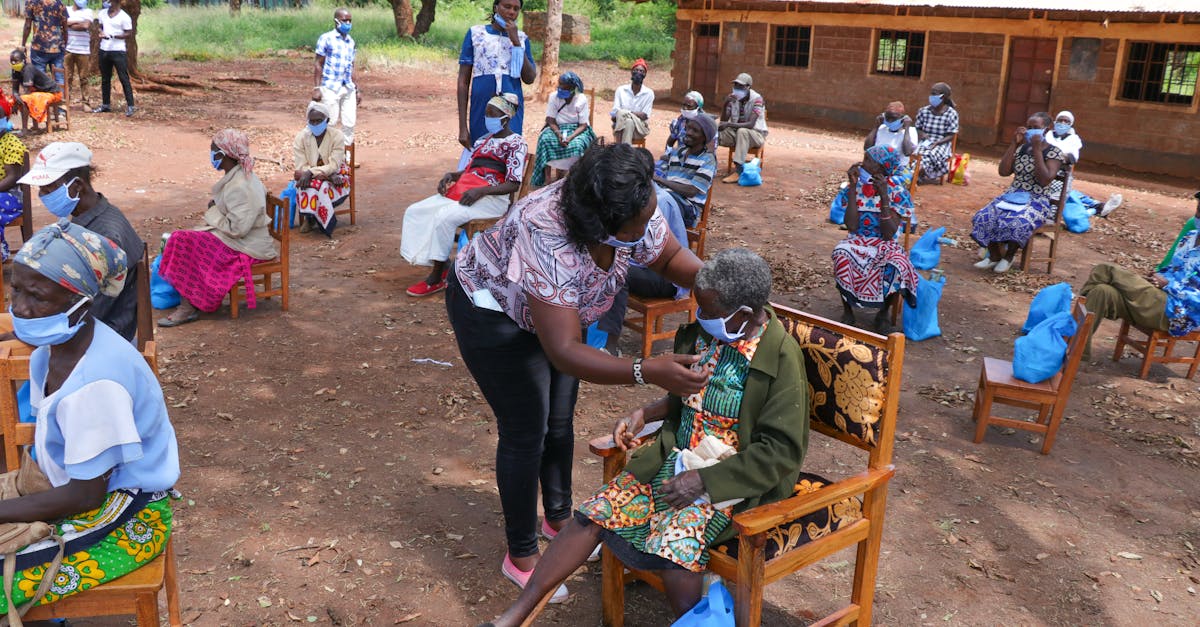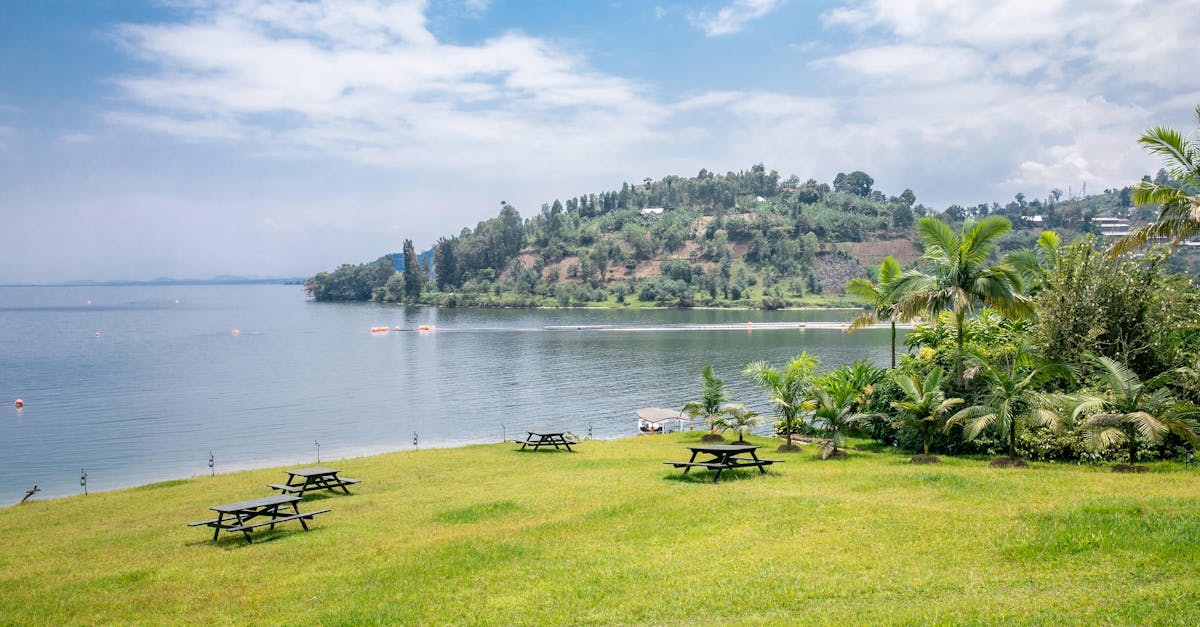Cholanaikkan
-
The Cholanaikkan tribe, a Particularly Vulnerable Tribal Group (PVTG) in Kerala, is in the news due to a unique educational initiative.
-
Fewer than 400 members remain, making them one of India’s smallest and most isolated tribes.
-
They reside deep within the Western Ghats, largely isolated from mainstream society and reliant on forest resources. They are also known as the “Cavemen of Kerala” for their use of natural caves as dwellings.
-
The Samagra Shiksha Kerala program created 30 audio-visual educational texts in the Cholanaikkan language for a bedridden 12-year-old girl, Meenakshi.
-
Meenakshi’s father was killed by a wild elephant, prompting her family’s relocation and the need for home-based education.
-
The audio-visual texts, named “Thanka, Bana, Belli” (moon, sky, and star) in Cholanaikkan, are proving effective.
-
This initiative highlights Kerala’s commitment to inclusive education, reaching even the most marginalized communities. The Cholanaikkan language, a distinct Dravidian language, is being preserved through this effort.
-
The program is part of a broader initiative providing home-based education to over 6,000 students across Kerala.
Cali Fund
-
The Cali Fund, a new international biodiversity fund, launched at COP16 in Rome.
-
It’s the first UN biodiversity fund to receive direct contributions from private companies.
-
The fund targets businesses using Digital Sequence Information (DSI) – genetic data from plants, animals, and microorganisms – in sectors like pharmaceuticals, cosmetics, agriculture, and biotechnology.
-
These businesses will contribute a portion of their revenue to the fund.
-
Funding will support biodiversity conservation projects, help developing countries implement biodiversity action plans, and fund research on DSI management.
-
At least 50% of the fund will go to indigenous peoples and local communities.
-
The fund is managed by the UNDP and UNEP.
-
This initiative is a crucial step towards achieving the Kunming-Montreal Global Biodiversity Framework (KMGBF) goal of halting and reversing biodiversity loss by 2030.
-
The fund’s launch signifies that industries profiting from biodiversity are now contributing to its conservation.
SPHEREx Telescope
-
Mission Overview: SPHEREx is a NASA telescope scheduled for launch, designed to create a “most colorful” map of the cosmos by surveying the entire sky in optical and near-infrared light. It has a two-year mission.
-
Scientific Goals:
- Measure cosmic inflation, the rapid expansion of the universe after the Big Bang.
- Map the distribution of galaxies across cosmic history, providing insights into the universe’s formation and growth.
- Locate water and life-forming molecules (biogenic molecules) in the Milky Way galaxy, which can answer how life came to be.
-
Technical Capabilities:
- SPHEREx will take spectroscopic images, dividing light into 96 bands (a significant leap compared to the human eye).
- It will measure the 3D positions of about a billion galaxies.
- It will generate 8 million new spectroscopic images of life-bearing molecules.
-
Significance & Advantages:
- SPHEREx is unique in its ability to map the entire sky, unlike high-resolution telescopes like James Webb and Hubble which only study tiny parts of the sky.
- It will provide a complete census of icy biogenic molecules.
- Enables astronomers to identify regions that can support life.
-
Impact: SPHEREx aims to revolutionize our understanding of the universe’s origins, galaxy evolution, and the potential for life beyond Earth.
Fentale
-
Unusual Methane Emissions: Mount Fentale volcano in Ethiopia is releasing abnormally large amounts of methane, a potent greenhouse gas, according to satellite data.
-
Location and Characteristics: Situated in Awash National Park, Ethiopia, Mount Fentale is a stratovolcano, a cone-shaped volcano built from layers of lava, ash, and tephra. It has an elliptical caldera, approximately 6 km in diameter at its peak. Stratovolcanoes make up the largest percentage (~60%) of the Earth’s individual volcanoes
-
Recent Seismic Activity: A magnitude 6.0 earthquake struck beneath Mount Fentale on February 14, 2025. It was the most powerful earthquake to hit Ethiopia since 1989.
-
Stratovolcano Structure: Stratovolcanoes are steep and tall, with a small crater at the peak. They are formed by alternating layers of lava and pyroclastic materials, which is why they also go by the name of composite volcanoes.
-
Contextual Information: The volcano rises approximately 600 meters from the Rift Valley floor. A rift valley is a lowland region that forms where Earth’s tectonic plates move apart, or rift. A caldera is a large depression formed when a volcano erupts and collapses. Pyroclastic materials, also called tephra, are formed from cooling magma during explosive volcanic eruptions.
Kundi Water Harvest
-
The Kundi (or Kund) is a traditional rainwater harvesting system from Rajasthan, India, particularly in desert regions like Churu.
-
It’s a crucial water source in arid and semi-arid areas with unpredictable rainfall.
-
The system is a deep, circular or rectangular pit, dug into or built above ground.
-
The pit is lined with materials like stones or bricks for reinforcement and to prevent water leakage.
-
A lid or slab covers the pit to prevent contamination and reduce evaporation.
-
Rainwater is channeled from rooftops or other sources into the Kundi for storage.
-
Kundis are efficient for water conservation where surface and groundwater are limited.
-
The stored water is used for drinking, irrigation, and other domestic purposes during dry seasons.
-
The Kundi system showcases how local knowledge and architectural ingenuity can solve water scarcity issues.
-
While the Kundi is a significant traditional system, other older systems like those in Sringaverapura near Allahabad (using Ganges floodwaters) also existed.
ASHA Worker
- ASHA workers are protesting: Accredited Social Health Activist (ASHA) workers in Kerala are protesting for increased monthly pay (Rs 21,000), retirement benefits (Rs 5 lakh), and other benefits. This highlights dissatisfaction with their current compensation and working conditions.
- ASHA’s Role: ASHA workers are trained female community health activists serving as a crucial interface between communities (especially rural) and the public health system.
- Program’s Purpose: The ASHA program was launched in 2005-06 under the National Health Mission to promote public health awareness, increase utilization of existing health services, and improve healthcare access in rural areas.
- ASHA Responsibilities: ASHAs facilitate healthcare access, raise health awareness, advocate for hygiene, and promote healthy behavior.
- Selection and Eligibility: Selected by community groups, ASHAs receive training and are equipped with basic healthcare tools. They must be female residents, typically in the 25-45 age range, and are expected to be educated up to 10th standard, but this can be relaxed.
- Compensation: ASHAs are primarily “honorary volunteers” compensated for their time (training, meetings), with earnings varying, but averaging between ₹2,000 – ₹7,000 per month, and eligible for program incentives.
- Current Situation: There are roughly 9.83 Lakh ASHAs in position, helping the village community to access health services provided by the government.

Gharial: The Fish-Eater
- Gharials, freshwater crocodiles with a distinctive pot-shaped snout in adult males, are critically endangered.
- Recently, 10 gharials were released into the Chambal River in Madhya Pradesh, India, as a conservation effort.
- Their range historically included Bangladesh, Bhutan, India, Myanmar, Nepal, and Pakistan, with major populations in the Chambal, Girwa (India), and Rapti-Naryani (Nepal) rivers.
- Gharials are the most aquatic crocodilian, rarely venturing far from water.
- Threats include overhunting and habitat loss.
- The Gharial is listed under Schedule I of the Wildlife (Protection) Act, 1972.
-
The National Chambal Sanctuary is a key gharial reserve.
-
The US Department of Government Efficiency (DOGE) is a new government department facing scrutiny.
- DOGE, named after the Dogecoin cryptocurrency, aims to reduce government waste and fraud.
- Elon Musk has no official role in DOGE despite past association.
- DOGE’s claimed cost savings of $65 billion are disputed, with inaccuracies and misrepresentations identified in its reporting.
- Cancelled contracts, some deemed pointless, have raised concerns about redundancy.
- DOGE faces legal challenges regarding its mandate and data access.
- Mass layoffs and resignations of federal employees have occurred, causing additional controversy.
CBAM
-
What it is: A tariff (tax) on imports to the EU, based on the greenhouse gas emissions from producing those goods.
-
Purpose: To prevent “carbon leakage” (companies moving production to countries with less or no carbon regulations) and encourage cleaner production globally. It aims to put a fair price on carbon emissions.
-
How it works: EU importers will need to buy carbon certificates, the cost of which reflects the carbon price in the EU’s carbon market. The amount of certificates needed depends on the emissions embedded in the imported goods. If a carbon price was already paid during production, it can be deducted.
-
Products affected: Initially covers cement, fertilizers, aluminium, electricity, and hydrogen.
-
Implementation: A transitional phase with reporting obligations started October 1, 2023. Financial obligations (paying the tariff) begin in 2026.
-
Impact on India: India has expressed “specific concerns” about the CBAM’s impact on its exports to the EU. A report estimates a 20-35% tariff equivalent, which is far greater than the average import tariffs the EU applies on manufactured products.
-
EU’s Response: The EU acknowledges India’s concerns and wants to address them, emphasizing that the CBAM is WTO-compatible and designed to prevent carbon leakage, and also open to share its experience.
Seed Vault
- The Svalbard Global Seed Vault recently received over 14,000 new seed samples.
- It’s located in the Svalbard archipelago, Norway, a remote location chosen for its stability and security.
- The vault is the world’s largest backup facility for crop diversity, holding duplicates of seeds from genebanks worldwide.
- Its purpose is to safeguard the world’s unique crop genetic material against various threats, including natural disasters and climate change.
- Storage is free-of-charge for international, national, and regional genebanks.
- The depositing institution retains ownership and exclusive access to its seeds.
- It was established in 2008 with a capacity to store 4.5 million crop varieties.
- The vault is a humanitarian initiative aligned with the UN Food and Agriculture Organization’s goals for conserving plant genetic diversity.
- There is no Svalbard Seed Vault in India; it’s located in Norway.
- The vault’s remote location and secure design are intended to protect against various catastrophic events.

Petrified
- A rare, well-preserved petrified fossil of a 20ft tree (14 parts) was discovered in Jharkhand, India’s Rajmahal Hills. This is considered a first-of-its-kind in-situ discovery in the country.
- Petrification is the process where organic matter is completely replaced by minerals, turning it to stone. This happens over thousands to millions of years. Minerals fill the pores and spaces within the organic material, replacing it.
- The fossil is estimated to be 100-145 million years old, dating back to the Cretaceous period. Its discovery could provide valuable insights into the region’s past climate and volcanic activity.
- The discovery has potential for geo-tourism and economic development in the area. Proposals include a UNESCO global geopark and a center of excellence.
- Petrified wood is one example of petrification; other examples include amber-preserved insects.
- Geological Survey of India (GSI) will verify the claims on March 4. The location is to be marked on Google Earth to attract international researchers.

















